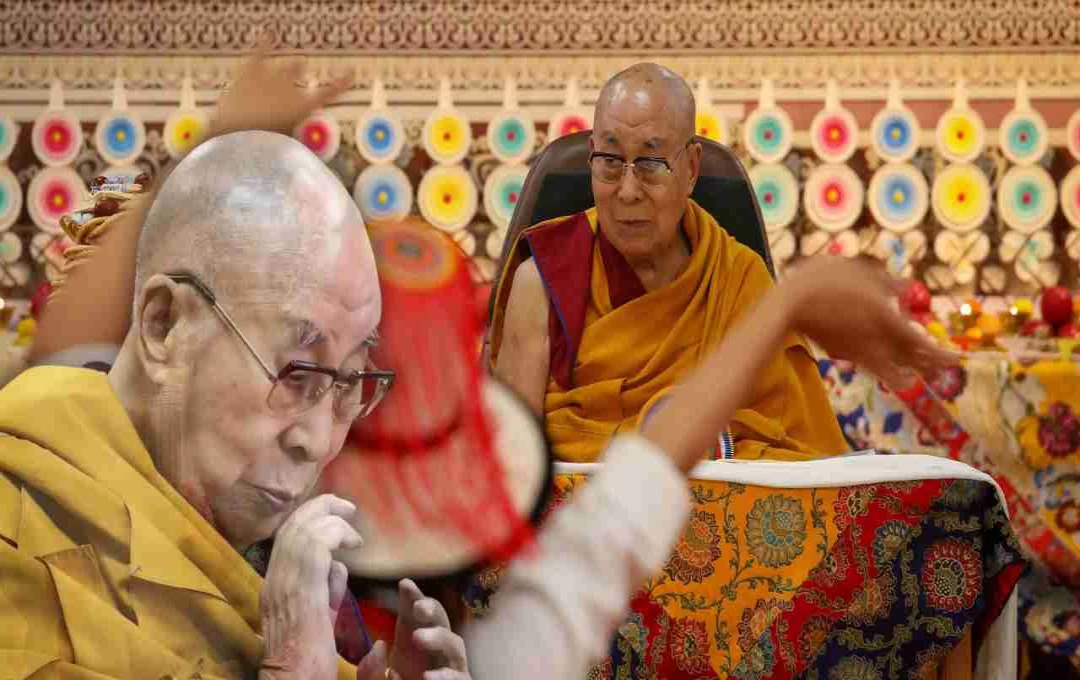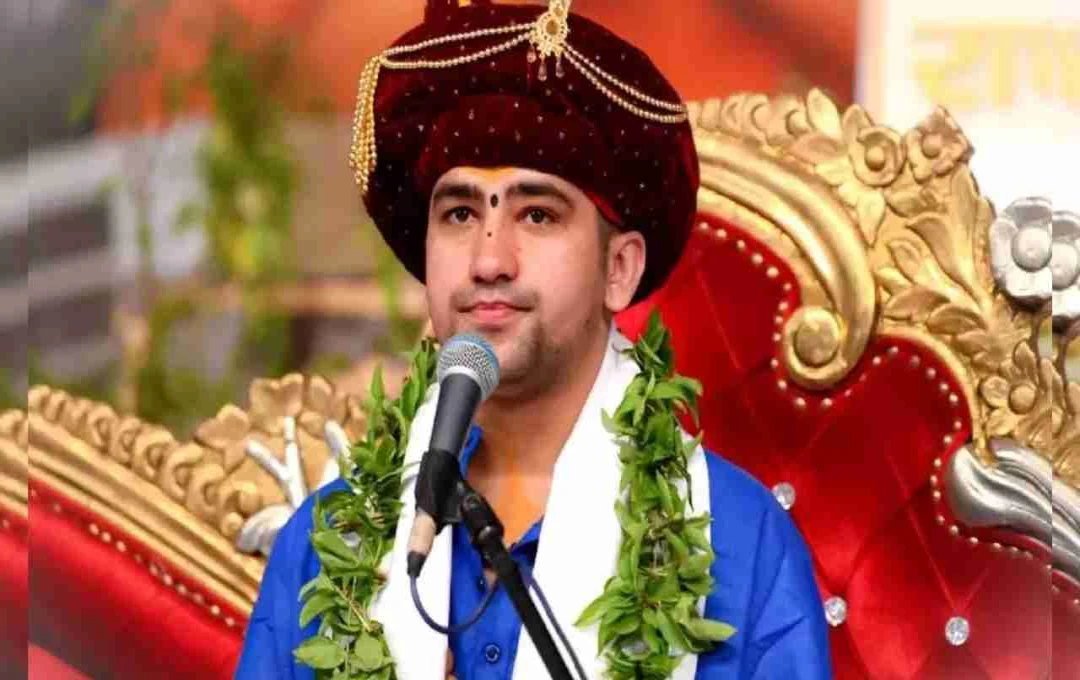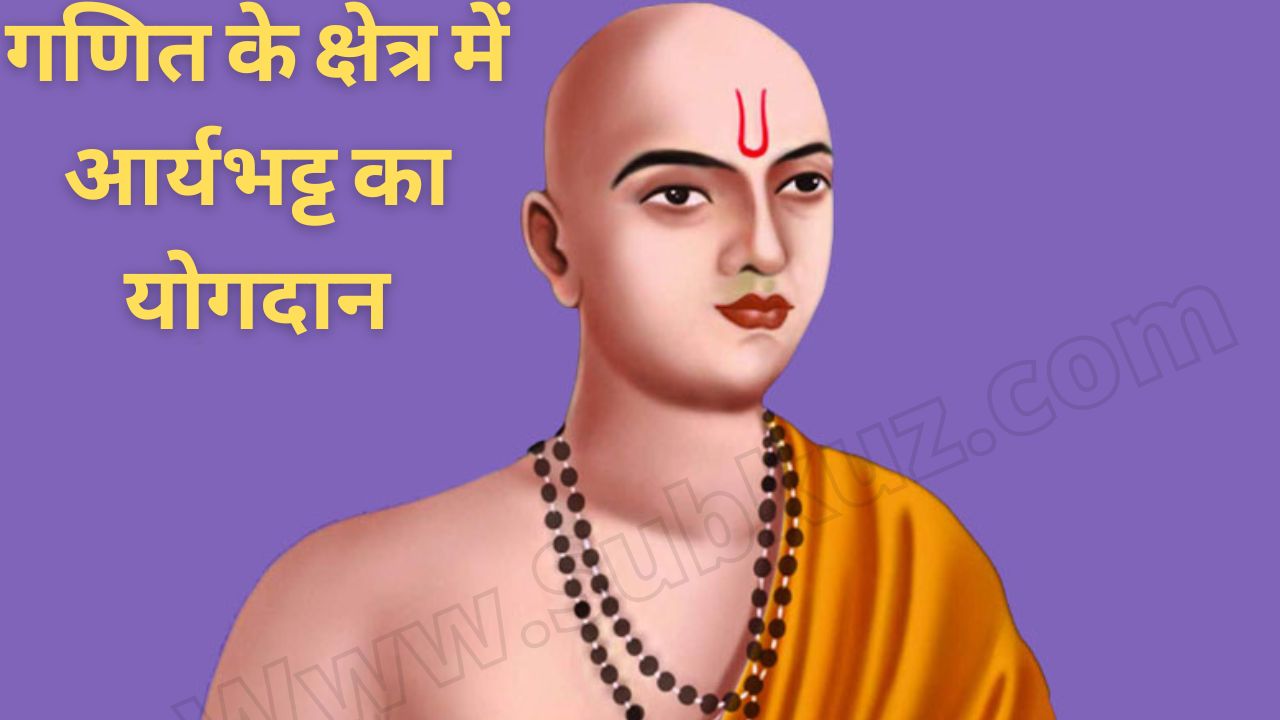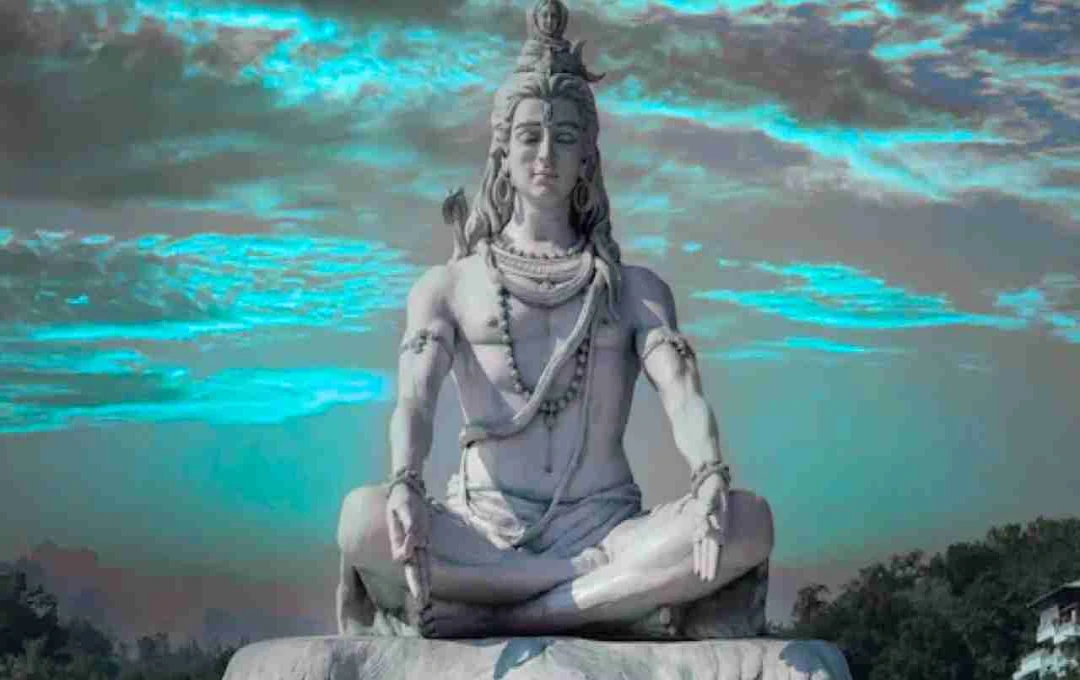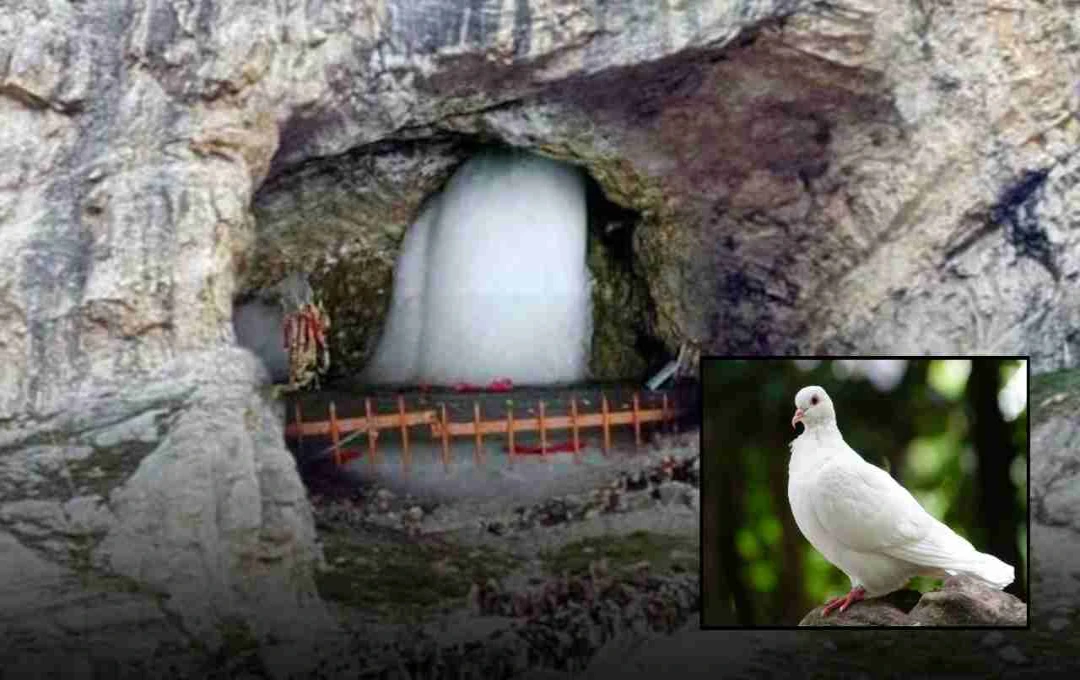The Lingaraj Temple, the heart of Bhubaneswar, is a divinely sculpted narrative in stone, weaving together history, faith, and architecture. For nearly a thousand years, this temple has been more than just a place of worship; it has served as a living memory of the Kalinga civilization, offering shade to countless devotees. Let us embark on a detailed journey through this sacred heritage—from the land that the Brahma Purana calls "Ekāmra Kshetra" to the spire that, from a height of 180 feet, ignites the flame of devotion.
Layers of History: From a Somavamsi Dream to Tangible Reality
When the Somavamsi king Yayati Keshari of the 11th century decided to move his capital from Jajpur to Bhubaneswar, he made more than just a political decision—he also shaped the spiritual character of the land. The foundation of the sanctum sanctorum, laid by Yayati, later evolved into the current magnificent form with expansions in the 12th century. Interestingly, archaeological research still dates some of the walls of the sanctum to the 6th century, as if the old eras were guiding the new bricks.
Mythological Light: The End of Litti-Vasa and the Story of Bindusagar
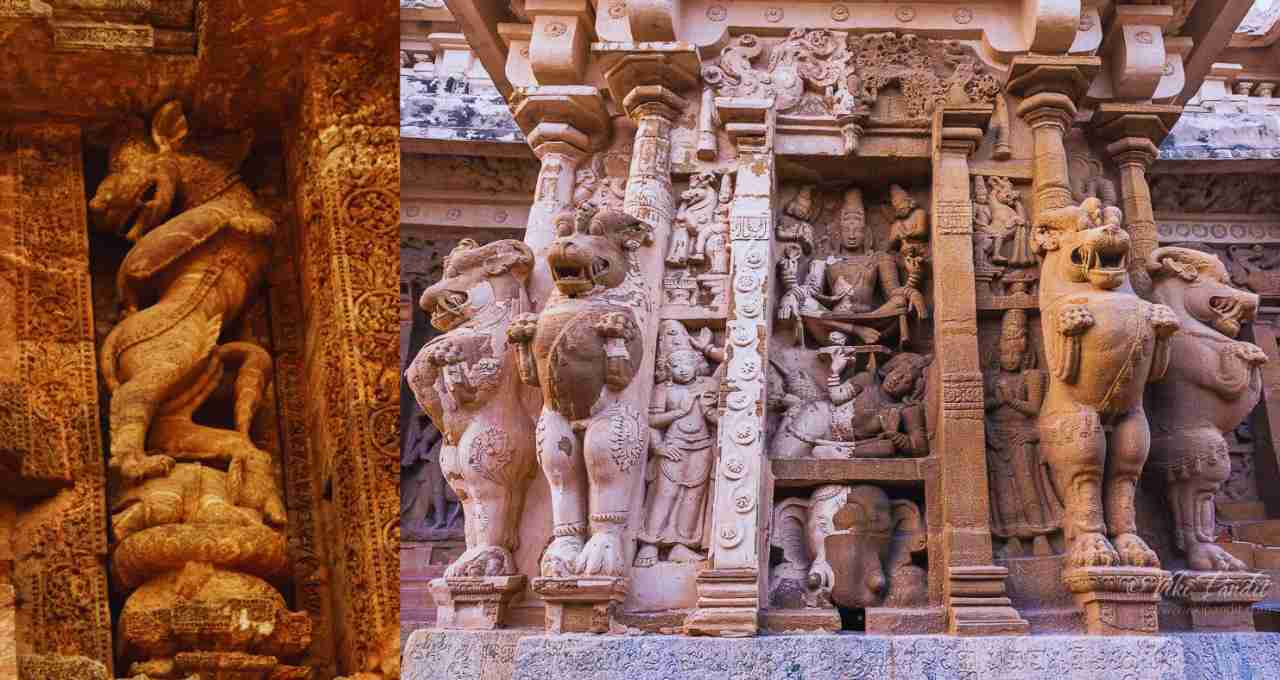
Folklore recounts that Goddess Parvati vanquished the demons Litti and Vasa here. After the fierce battle, when the goddess was thirsty, Lord Shiva struck the earth with his trident, creating a water well and inviting all the sacred rivers. This well later became known as the 'Bindusagar Lake'. Even today, every pilgrim visiting Bhubaneswar first takes a dip in this lake to purify their faith, then proceeds to have darshan of Lingaraj. This practice is not merely a ritual but a remembrance of the divine play that has given this region the status of a place of penance.
Music in Stone: Wonderful Sculpture and Architecture
The main vimana (tower) of Lingaraj rises 180 feet, ascending in diminishing stages. The base is rectilinear; however, as it ascends, it curves in such a way that the entire structure seems to be composing the crescendo and decrescendo of a shikhara-sangeet (temple spire music).
- Subtlety of Carvings: Every stone is adorned with divine couples, apsaras (celestial nymphs), floral patterns, mithuna (amorous couples) scenes, and animals and birds so vibrant that it seems as if someone will breathe life into the sculptures at any moment.
- Gajashordhoom Imagery: The stone sculptures of a lion mounted on an elephant remind one of the Gond dynasty's victory symbols.
- Harihara Principle: The lingam in the sanctum sanctorum is worshipped in the 'Harihara-roop' (a combined form of Vishnu and Shiva); this is a philosophical indication of the Kalinga culture's inherent unity of Vishnu and Shiva.
Architectural experts consider this temple to be an early ideal of the confluence of the North Indian Nagara style and Dravidian elements, which would later inspire creations like Khajuraho and Konark in the following centuries.
Worship Rituals: Spiritual Resonance in Discipline
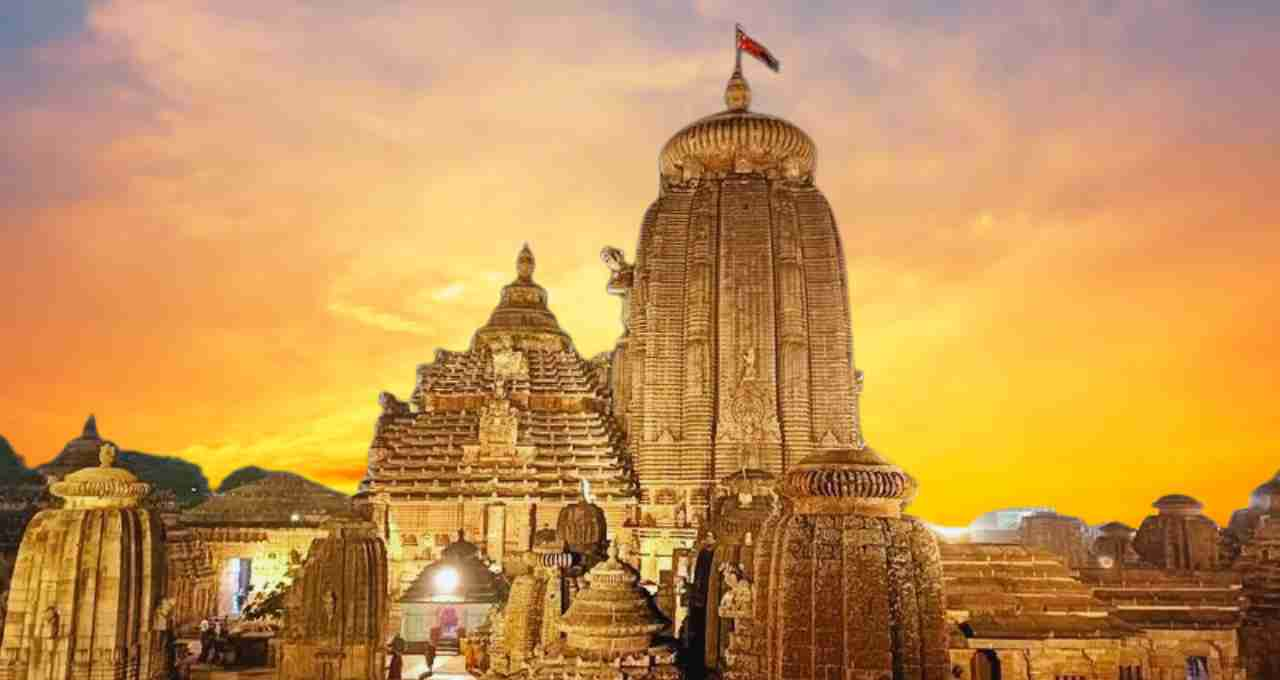
The daily worship here is based on the Panchamkalik method, in which various sevayats (priest classes) manage the entire ritual around the clock. For an ordinary devotee, the journey unfolds as follows:
- Bindusagar Snan (Bath): Physical and mental purification.
- Darshan of Ananta Vasudeva: Blessings of the Vishnu form.
- Veneration of Shri Ganesh and Gopalini Devi.
- Prostration to Nandi-Mahadev and then entering the main sanctum sanctorum.
- Concluding the offering with the offering of bhog (food) at the Maa Parvati temple.
This sequence is not merely a tradition; it tells the devotee that the path to Shiv darshan (viewing Shiva) goes through the balance of all eternal elements—the tangible-intangible, the masculine-feminine, and knowledge-devotion, all coming together to focus the mind.
Echoes of Festivals: From Rath Yatra to Shivratri
- Chandrasekhar Rath Yatra (April): Lord Lingaraj is seated on a grand chariot and taken to the Chandrasekhar temple located across Bindusagar. This scene is a confluence of faith and cultural enthusiasm when the entire city immerses itself in the Naad-Brahma.
- Mahashivratri: The chanting of the Shiva Mahimna Stotra, the recitation of tantra-mantras, and the echoes of Naad-Yoga throughout the night transform the temple complex into an ocean of light.
- Sankranti Festival: On every monthly Sankranti, special abhishek (anointment) is performed with cow's milk, bilva leaves, and musk.
Ekāmra Forest: A Woven Rainbow of Temple Complexes
Bhubaneswar is not called the "City of Temples" for nothing. Around Lingaraj are dozens of ancient structures like Mukteswar, Parasurameswar, Bhaskareswar, Siddheswar, Kedareshwar, and Vaitaal temple. All of these are living inscriptions of the different periods of Kalinga architecture. Particularly noteworthy are:
- Mukteswar Temple: Which is called the 'Jewel of Kalinga Architecture'. The ornamentation of the torana-dwar (gateway) became the standard style of later Odia temples.
- Vaitaal Temple: A rare tantric center among the traditional Shiva sites, where the Shakti puja of Chamunda-Mahishasur-mardini is performed.
The discussion of these temples is incomplete without Lingaraj, and the glory of Lingaraj is incomplete without these temples; all together they transform Bhubaneswar into a continuous 'faith-complex'.
Cultural Preservation and Conservation Challenges
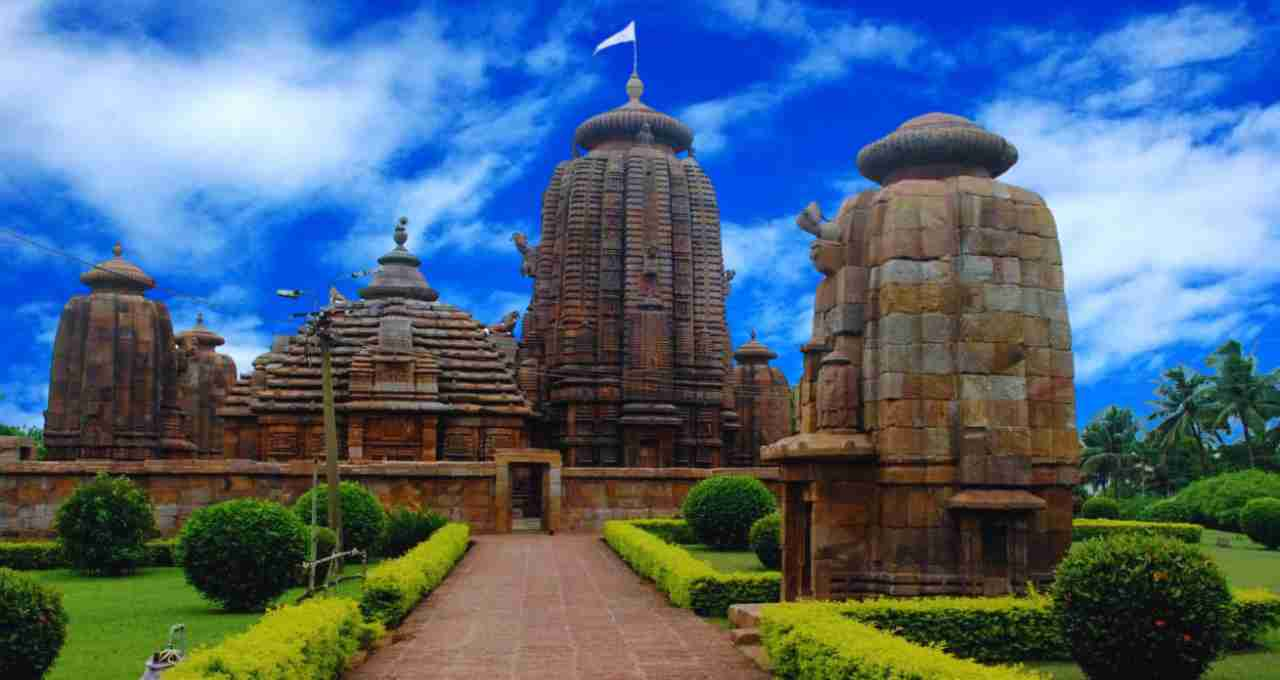
For years, tourist influx, urban development, and environmental pressures have been challenges for this heritage site, but the joint efforts of the Archaeological Survey of India (ASI) and the state government have taken some concrete steps—
- Chemical Conservation: Special purification to remove algae and chemical layers caused by pollution on the stones.
- Complex-Acquisition: Widening the outer path and removing illegal constructions to reduce the crowd.
- Digital Archiving: A cloud database of sculpture details prepared by 3D scanning, so that reproduction is possible in case of any damage.
The goal of these efforts is that future generations will also be able to have darshan of this miraculous creation with the same awe.
Pilgrimage and Tourism: From Spirituality to Economy
The identity of Bhubaneswar, despite being a modern smart city, is incomplete without the Lingaraj Temple. It is estimated that more than ten lakh devotees and tourists visit here every year, which promotes local handicrafts, Odia cuisine (khaja, rasbhog, chenapoda), and the traditional textile industry. The state government has established the Odisha Haat near the temple complex, providing a direct market for artisans. In this commercial gathering also, the color of faith does not fade, but rather strengthens the eternal co-journey of 'dharma and artha' (righteousness and wealth).
Spiritual Experience: Meditation, Sound, and 'Silence-Music'
If you sit in a meditative posture inside the temple during the first part of the night, the distant sound of the bell ringing will be heard first. Gradually, that sound descends within and becomes the heartbeat of the heart's pulse. At this moment you realize that the meaning of "Ling-Raj" is not just the visible lingam, but the subtle energy that connects the three times and three worlds. This is the reason why the wandering mind finds a natural stillness here; which modern yoga-science can call a 'sound-resonance-capable field'.
The Lingaraj Temple is not just a religious site, but a glorious symbol of India's spiritual, cultural, and architectural heritage. This temple is a confluence of devotion, art, and history, where devotees find inner peace. Its divinity and attraction will continue to connect future generations with Indian culture. It is a living symbol of Shiv bhakti.


